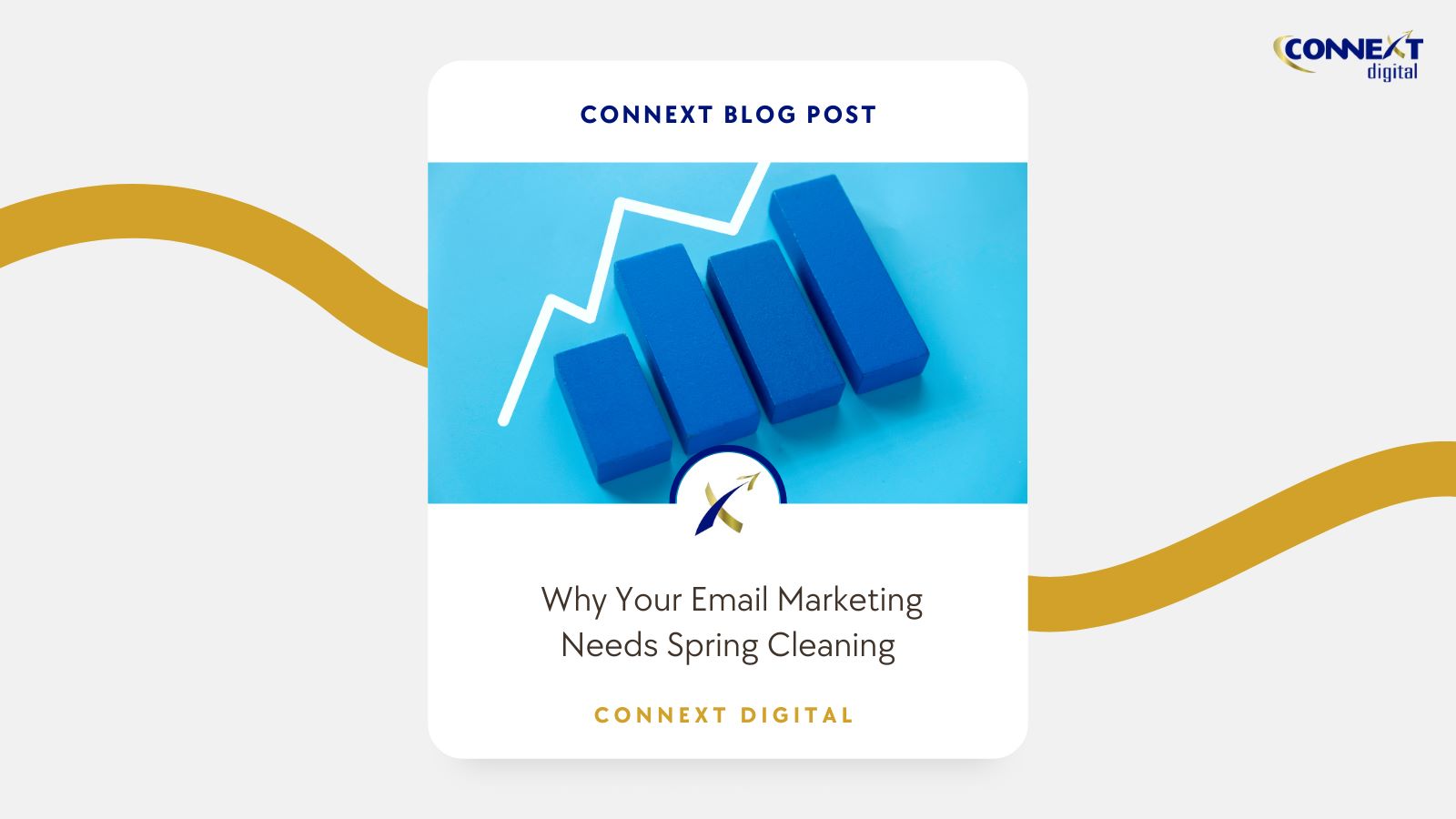
How to Clean Your Data in 6 Steps
You’ve been gathering data throughout the years to help your company amass information that will power up your marketing and sales strategies. Your business database is one of your most valuable assets, but now, you’re drowning in huge pools of data that may damage your business.
Bad data in the form of duplicate contacts, outdated information, irregularly formatted files, and junk records can infiltrate your system. This is a common challenge for every company.
In 2016, IBM estimated the yearly cost of poor or bad data at $3.1 trillion, and that’s in the US alone. Two years down the road and imagine how much more bad data you’ve accumulated.
This is why you need to periodically and regularly maintain the hygiene of your database. And this is where data cleansing comes in.
What Happens If You Don’t Clean Your Database?
Well, bad business decisions can easily arise from bad data. When the data you use is duplicated, irrelevant, outdated, or inaccurate, the information that supposedly provides you leverage will lead to decisions that can hurt your bottom line.
Your marketing strategy, for instance, was created based on data that tells you that the majority of your leads belong to demographic A, so your tactic revolves around how to delight and educate demographic A. But because your data is outdated, the majority of your leads now belong to demographic B. Therefore, your communication style and strategy that was designed to delight demographic A can potentially turn off demographic B.
What happens now? Your potential customers can unsubscribe to your list and maybe even spread word about your bad marketing strategy, resulting in bad customer experience, damaged brand reputation, and lost revenue.
Implement a Data Cleansing System Before It’s Too Late
Data cleansing involves several steps that are centered around ensuring your database is of the highest possible quality. It involves the validation, correction, and removal of duplicate, inaccurate, or incomplete data.
Here are six simple steps to cleaning your business database.
1. Set Your Goals
If you don’t know where you’re supposed to go, then how can you get there?
Just like anything you do for your business, you need to have clear-cut goals. Ask yourself what your data goal is and what you want to achieve from the data you gather.
Establish clear boundaries of the specific sets of data that are useful to your bottom line. This will go a long way in keeping your data manageable.
Don’t hoard data just because you can. It’s easy to get overwhelmed by a mound of data you don’t even know what to do with.
2. Remove Duplicates
Getting duplicate data is inevitable, especially when you’re generating leads from multiple touchpoints including live events, downloadable content, email newsletters, social media, and more.
You need to proactively comb through your data to identify duplicates while also making sure that the data you retain is the most recent, accurate information.
This can be time-consuming depending on the amount of data you’ve collected. A good strategy is to merge or remove duplicates as they come to prevent you from getting duplicate data each time a lead comes through the door.
3. Correct Errors
Once you’ve deleted duplicate data, it’s time for you to correct errors and fill in missing details. Are there any spelling errors or typos? Perhaps, there are incorrect email extensions or phone numbers with wrong area codes?
Comb through your database and look for inconsistencies. Filling in the gaps and ensuring that you have valid data makes your database more valuable.
4. Eliminate Inactive Leads and Junk Contacts
There are leads that never engage with your marketing messages, be it through email, phone, or social media. Don’t hesitate to delete them. You’re wasting bandwidth on leads that may never convert! So, delegate a specific amount of time when you will delete inactive contacts. Think of it as an ultimatum.
People are also notorious about signup forms. Some would put email addresses that don’t make sense just to download your valuable content. Delete contacts with email addresses such as asdf@lkjhg.com or blah@email.com, as those leads provided false information because they’re not interested in your product.
As a last-ditch effort, you can send them a goodbye email to try to get them to engage with your company before you delete them from your database.
5. Check for Uniformity
Uniformity will help you keep your database clean and manageable. For instance, rather than asking them to type in their area code or zip code, make them choose from a drop-down menu.
Email addresses can easily be typed wrong as well! Try to implement a specific format on your signup forms to help prevent inconsistent results and incorrect information.
6. Ask for Help
When things get out of hand, never hesitate to ask for help from data cleansing experts. Specifically companies such as Connext Digital who specialize in data cleansing and data management.
They can create workflows, refine data management processes, and implement automated strategies to help you clean your database no matter how dirty and unmanageable it gets.
Conclusion
Remember, your database is the foundation of your success. If you want big data to harness the power of your sales and marketing campaigns, then it’s imperative for you to adopt data cleansing practices.
Need Help with Data Cleansing? Contact Us Now!





